How California’s candidates for governor want to fix the state’s housing problems
California’s gubernatorial hopefuls have a similar answer to the state’s housing crisis: Build a lot more homes.
Five of the six major candidates argue that the only way for California to become a more affordable place to live is for developers to build at rates not seen in at least three decades. And the sixth wants the state to subsidize an unprecedented number of new homes for low-income residents.
While all the candidates agree on increasing California’s housing supply, they have varying ideas for how to do it. Here’s a rundown of their plans to address housing and homelessness as well as some of the challenges they might face.
Travis Allen, Republican, state assemblyman
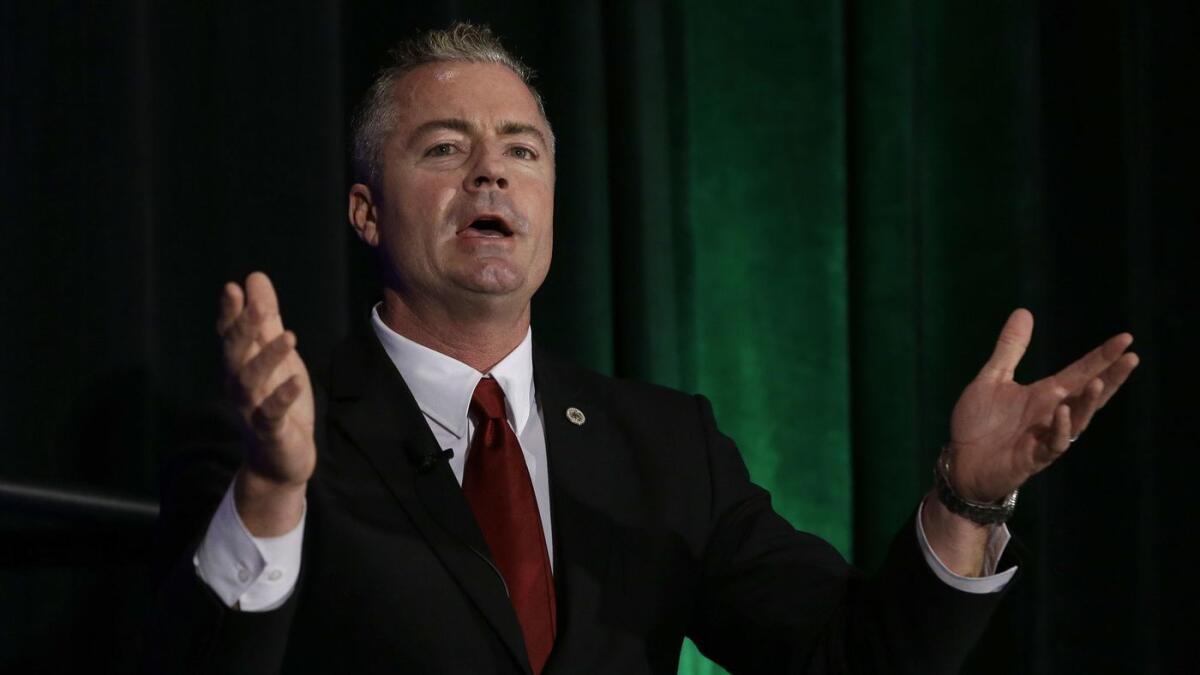
What’s his housing plan? Allen has a goal for developers to build at least 1 million new homes in his first four years as governor. The Orange County Republican believes the state needs to strip away many of the regulations around home building, which he contends would then allow developers to increase the housing supply. He also doesn’t support subsidizing low-income housing, arguing developers will build for people of all incomes if taxes and fees are lower.
What’s his homelessness plan? Allen wants to bring back state-run mental health institutions for homeless residents who need psychiatric assistance. He also wants to encourage local governments to aggressively enforce laws preventing people from sleeping on sidewalks or under bridges.
What might hold him back? Allen’s home-building goals include promoting suburban sprawl development — including new construction in desert lands — instead of incentivizing projects near transit and job centers. That kind of construction would run counter to California’s climate change goals. Homeless advocates also worry that Allen’s measures could lead to the warehousing and criminalization of vulnerable populations.
Will Allen vote for or against the potential November ballot measure to allow for the expansion of rent control? Against. He believes rent control leads to housing shortages and says he’d work to eliminate all existing rent control policies across the state.
Where can I learn more? Allen gave a critique of California’s Democratic leadership, including his argument for how Democrats have contributed to the state’s housing problems, in a San Francisco Chronicle op-ed last fall.
John Chiang, Democrat, California state treasurer
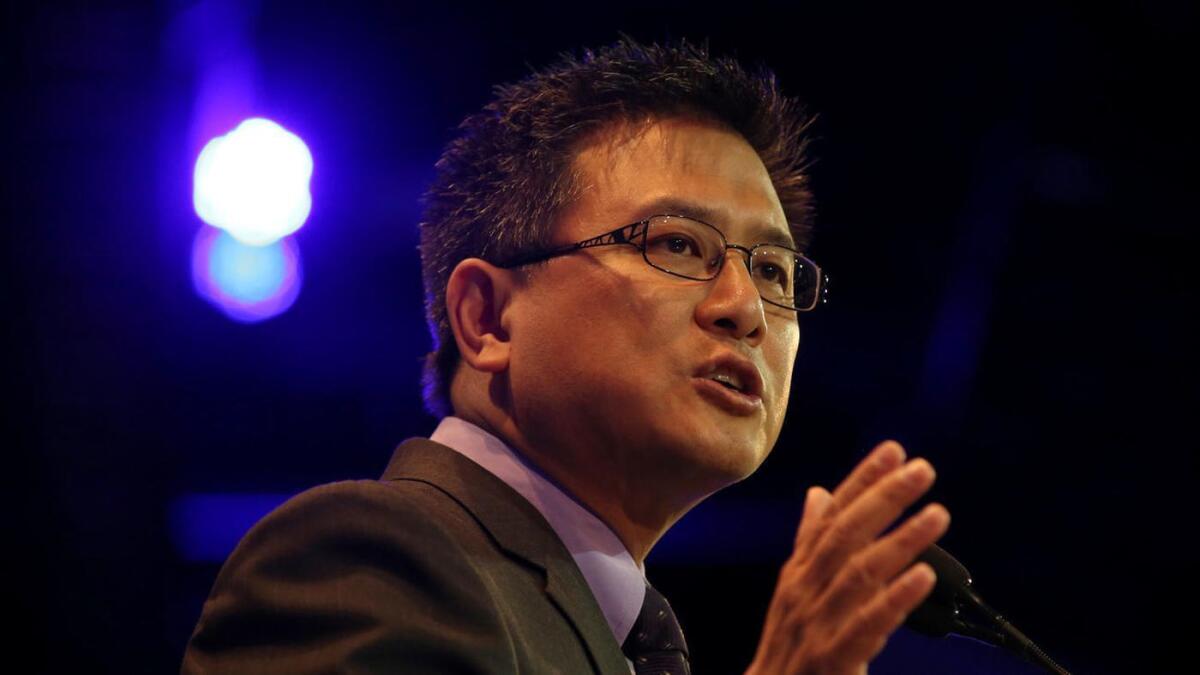
What’s his housing plan? Of all the candidates, Chiang is calling for the most government spending on housing. He has a goal of the state helping to finance 1.6 million homes for low- and moderate-income Californians from 2019 to 2030. Among the big-ticket items he’s pitching: a future $9-billion bond measure to subsidize new low-income construction, property tax breaks for developers who agree to set aside part of their projects for low-income families and additional tax revenue to cities that approve more housing.
What’s his homelessness plan? Chiang argues that the best way to address homelessness is to provide a stronger safety net for those already experiencing homelessness and those at risk. He wants to spend hundreds of millions of dollars funding a statewide program to offer temporary cash for rental and utility bills, provide emergency vouchers for motels or hotels and assistance with moving costs.
What might hold him back? Despite proposing lots of new public spending, Chiang’s efforts could, according to the state’s nonpartisan legislative analyst’s office, fall far short of what it would cost to house the neediest Californians. And, of course, increased spending on housing would probably mean higher taxes or less government spending somewhere else.
Will Chiang vote for or against the potential November ballot measure to allow for the expansion of rent control? Against. Chiang believes that the state could change Costa-Hawkins, the law prohibiting the expansion of rent control, to allow for its broader use in certain circumstances. He does not support the initiative, which would repeal it entirely.
Where can I learn more? Chiang has laid out his housing plan on his campaign website.
John Cox, Republican, businessman
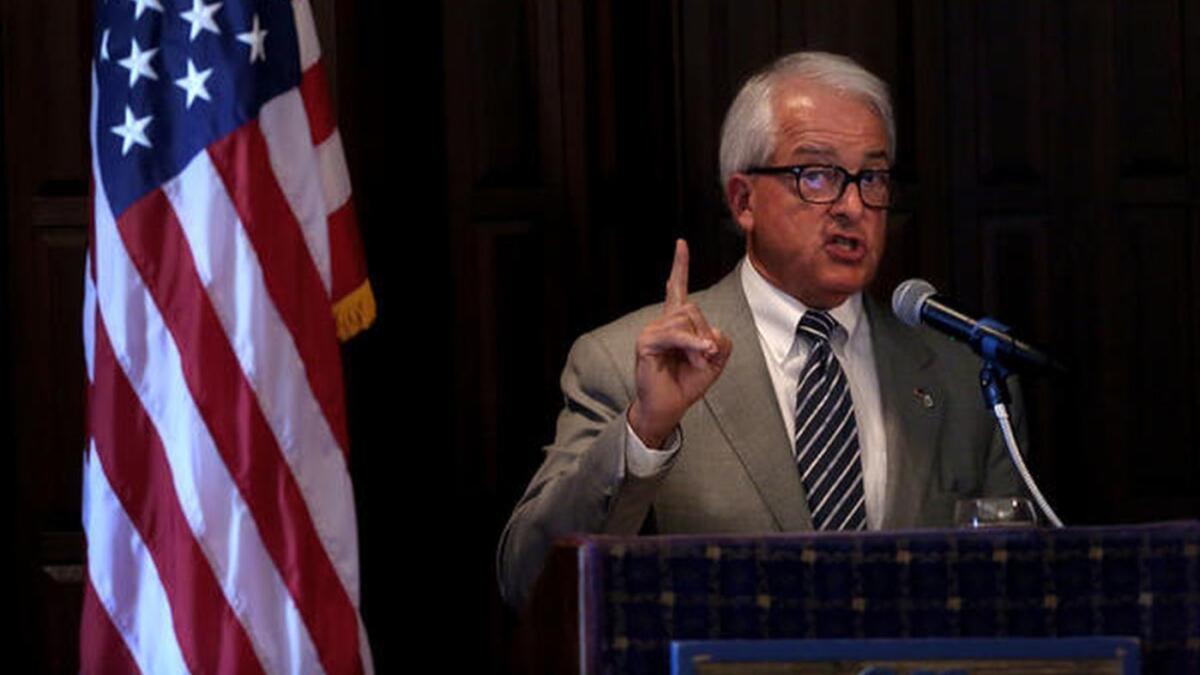
What’s his housing plan? Cox, who owns a real estate investment and property management company, has a goal for developers to build 3 million new homes over the next decade. He said that the state needs to reduce regulations on builders, including replacing its primary environmental law governing development, the California Environmental Quality Act, with a less comprehensive measure. “It’s now being used by lawyers to restrict housing,” he said in Tuesday’s debate. Cox also wants to allow Californians to be able to take the property tax benefits they receive under Proposition 13 with them when they move.
What’s his homelessness plan? Cox believes the state should rely more heavily on nonprofits and other private providers for assistance.
What might hold him back? Like Allen, his Republican opponent, Cox takes a dim view toward state government funding for new low-income housing. Research contends that it could take a decade or more for even substantial new home building to lower costs for those toward the bottom of the economic ladder. That could leave California’s poorest residents at risk without subsidized alternatives.
Will Cox vote for or against the potential November ballot measure to allow for the expansion of rent control? Against. Cox believes that rent control would chill investment in home building.
Where can I learn more? Cox laid out his general perspective on housing issues, and criticism of the package of legislation that passed last year, in an Orange County Register op-ed last fall.
Delaine Eastin, Democrat, former state superintendent of public instruction
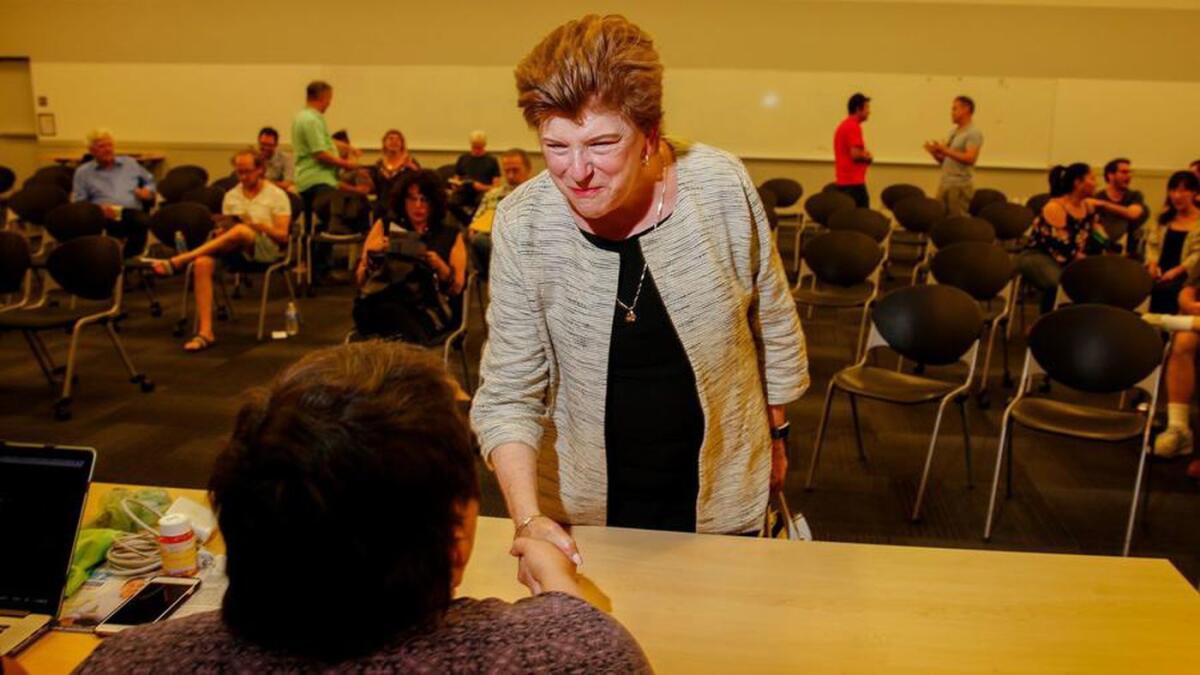
What’s her housing plan? Like Allen, Eastin has a goal of developers building 1 million new homes in her first four years in office. Unlike Allen, she plans to prioritize construction around transit hubs. To do so, Eastin wants to rezone a lot more land for housing, including current commercial properties, increasing land available for duplexes and townhomes and making it easier to build homes on smaller lots.
What’s her homelessness plan? Eastin would declare a state of emergency on homelessness, which she believes would allow her to waive zoning rules for building shelters on public property. She also wants to subsidize housing vouchers and expand the use of hotels and motels as temporary housing.
What might hold her back? Eastin has criticized the housing production goals of rivals Gavin Newsom and Antonio Villaraigosa as unrealistic. While her aim of 250,000 homes annually is lower, California developers haven’t reached even that number in any year since 1988. Eastin wants developers to build 250,000 homes for four years in a row.
Will Eastin vote for or against the potential November ballot measure to allow for the expansion of rent control? For. Eastin has been the most vocal candidate supportive of expanding rent control as well as advocating for the repeal of the Ellis Act, which allows for the eviction of rent-controlled tenants if landlords convert their buildings to for-sale condominiums. These positions might conflict with her housing production goals: Many economists worry that more rent control policies stymie the building of new apartments.
Where can I learn more? Eastin has laid out her housing plan on her campaign website.
Gavin Newsom, Democrat, California lieutenant governor
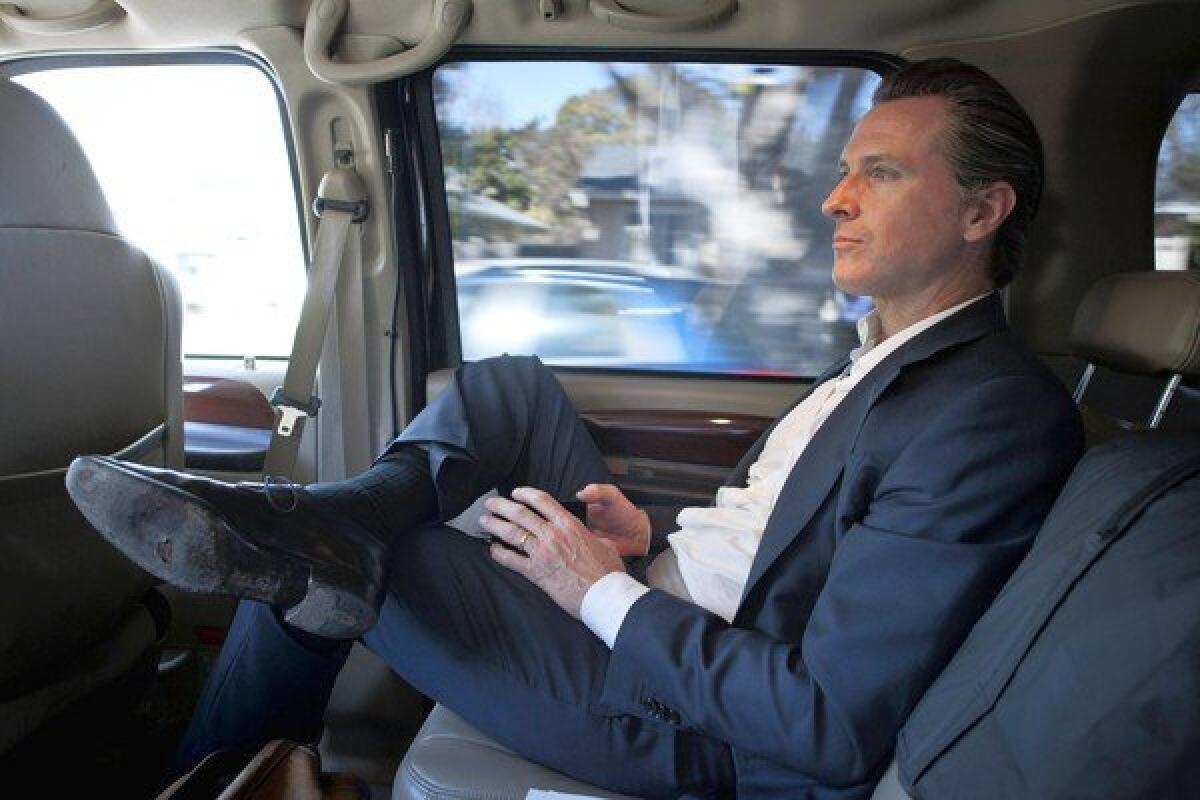
What’s his housing plan? Newsom wants developers to build 3.5 million homes from when he takes office through 2025, which would be an unprecedented building boom compared with modern California history. He wants a fivefold increase in a state tax credit to finance low-income housing, bringing the state budget cost to $500 million a year. And Newsom supports eliminating regulations that he contends make it difficult for developers to produce middle-income homes.
What’s his homelessness plan? Newsom believes a key problem in the state’s approach to homelessness is that varying agencies don’t share their resources well. He has said he would appoint a Cabinet-level homelessness czar who would be responsible for ensuring the state’s housing, criminal justice, healthcare and welfare departments work together on the issue.
What might hold him back? Many California housing academics and economists believe Newsom’s home-building goals are out of reach: The state hasn’t permitted more than 323,000 new homes in any year since at least 1954, when the building industry began keeping statistics. Newsom wants 500,000 produced for seven years in a row.
Will Newsom vote for or against the potential November ballot measure to allow for the expansion of rent control? Against. Like Chiang, Newsom believes that the Costa-Hawkins law should be changed to add more renter protections, but he doesn’t support repealing it.
Where can I learn more? Newsom has laid out his housing plan on his campaign website. He also responded to a list of questions from The Times about his goal to build 3.5 million homes.
Antonio Villaraigosa, Democrat, former Los Angeles mayor
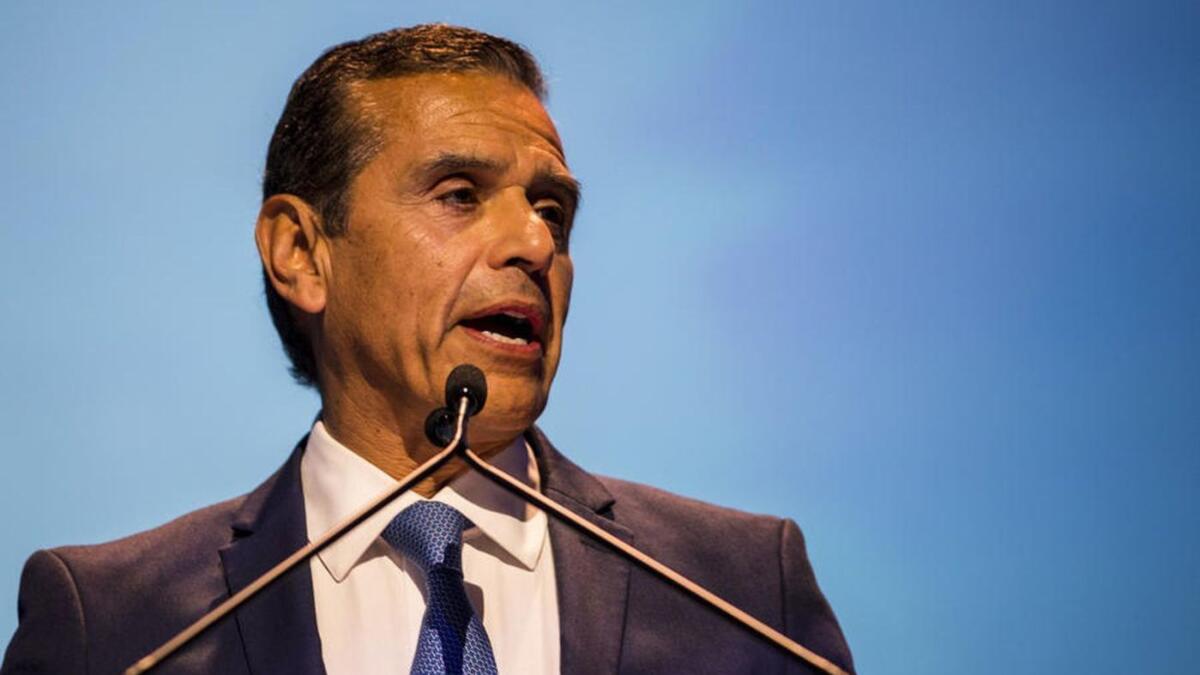
What’s his housing plan? Like Newsom, Villaraigosa calls for building 3.5 million new homes through 2025. He wants to create a new version of a program that allows cities and counties to set aside some property tax dollars to help finance low-income housing. And he plans to set up a $10-billion revolving loan fund to help homeowners convert garages into separate houses or build stand-alone second units in their backyards.
What’s his homelessness plan? He wants the state to match spending on local programs to address homelessness as well as increase mental health and substance abuse treatment.
What might hold him back? The 3.5-million-home goal shared by Newsom and Villaraigosa comes from a 2016 study by private think tank McKinsey Global Institute. Unlike Newsom, Villaraigosa now says he would consider himself responsible for the home-building number that is specifically outlined in the report, which includes four years of building prior to his taking office. This translates to roughly 439,000 new homes a year through 2025, assuming construction this year mirrors that of 2017. That amount of production is still high, and experts cite the same challenges with Villaraigosa’s home-building goals as Newsom’s even higher number.
Will Villaraigosa vote for or against the potential November ballot measure to allow for the expansion of rent control? Against. Villaraigosa says that he would use potential changes to Costa-Hawkins as a bargaining chip in a larger package of policies to address housing affordability, but that the initiative is a “ballot-box solution” that he opposes.
Where can I learn more? Villaraigosa has laid out his housing plan on his campaign website. He also responded to a list of questions from The Times about his goal of building 3.5 million new homes.
ALSO
Get the L.A. Times Politics newsletter
Deeply reported insights into legislation, politics and policy from Sacramento, Washington and beyond. In your inbox three times per week.
You may occasionally receive promotional content from the Los Angeles Times.








